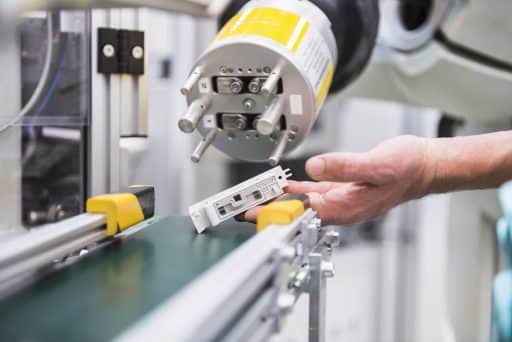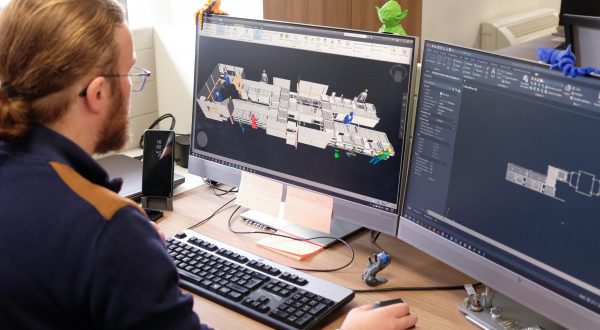Simplify robot learning to boost the industry of the future
Reading time: 4 min
What if a non-programmer could teach a robot to carry out a task? What if a robot could transfer that skill to another robot? MIT has developed a new protocol that paves the way for a new chapter in robotics.

We humans can use our experience and intuition to figure out how to perform a new task, but a robot has to be taught. It can learn by means of two techniques: either it can be programmed, or a human can demonstrate the task to be carried out and the robot can then duplicate it. Both techniques have drawbacks: the former is time-consuming and requires advanced programming skills, and the latter does not enable the robot to re-use what it has learned to carry out other tasks.
Researchers at MIT’s Computer Science and Artificial Intelligence Laboratory (CSAIL) may now have achieved a major breakthrough by developing C-LEARN, a simplified learning process for robots. C-LEARN may enable people without programming skills to easily teach robots to carry out new tasks that the latter than then pass on to their fellow robots.
The way this works is as follows: the operator gives the robot information on how to reach and grasp an object according to its constraints. He then uses a 3D interface to show the robot a demonstration of the specific task and indicates the key steps the machine must carry out in order to perform it in the right sequence.
“If robots are to be widely used, they will have to be more accessible”
Tests were carried out on Optimus, a smalll two-armed bomb disposal robot, which then taught the tasks to Atlas, a robot with an entirely different configuration, which is 1.80 metres tall and weighs 180 kg. Atlas then performed the same tasks without human intervention. In addition to providing greater machine adaptability and flexibility, the crucial breakthrough lies in the ability of humans to teach robots.
A new chapter in the industry of the future?
The protocol developed by MIT is of interest to industries. “One of the obstacles to the widespread use of robots is the perception that it calls for engineers with robot programming qualifications,” says Jérémie Pedros, Business Unit Manager at Actemium Toulouse Robotique & Automation (Groupe VINCI Energies). “In fact, this is not the case for simple applications. If robots are to be widely used, they will have to be more accessible. Enabling non-specialist technicians to use and program a robot is therefore a major step forward.”
Jérémie Pedros says that since the 1990s industry’s approach to robotics has moved from using robots wherever possible to a focus on the human being as the key to the factory, with the use of robots depending on the processes, their hazards and their difficulty when carried out by humans. “This requires far more human-machine connections, as in cobots (robots that interact with human workers).
“Everything related to these connections, and especially the learning process involving humans and robots, helps to foster the use of cobots in industry,” he says. “In the aerospace industry, for example, a number of processes are similar to human actions and skills.”
13/02/2018



